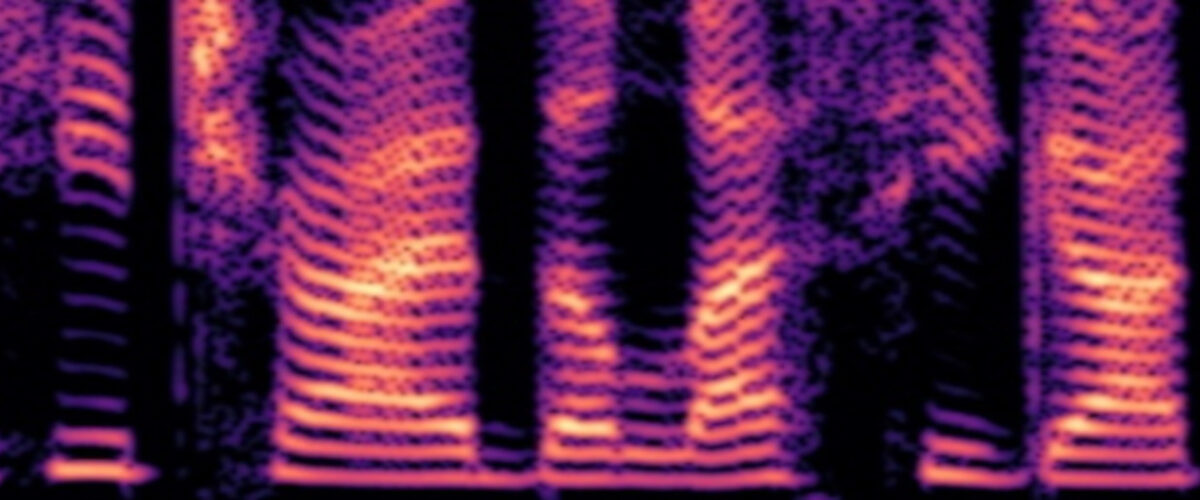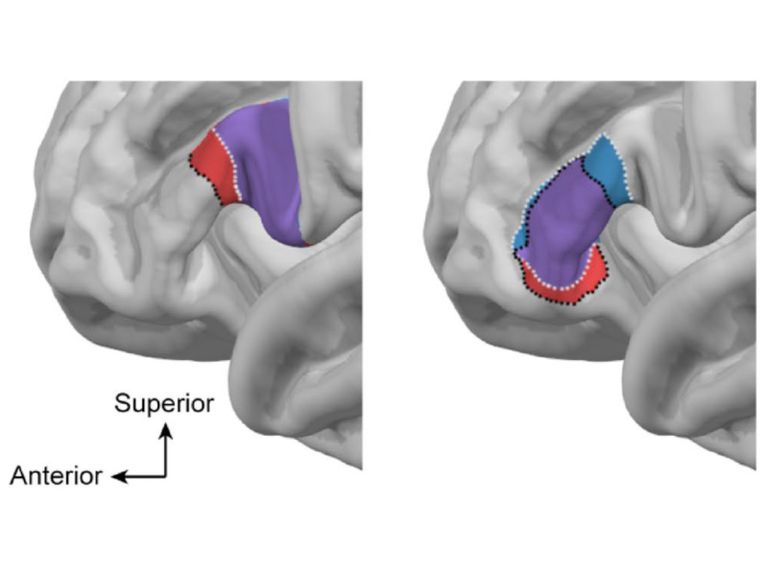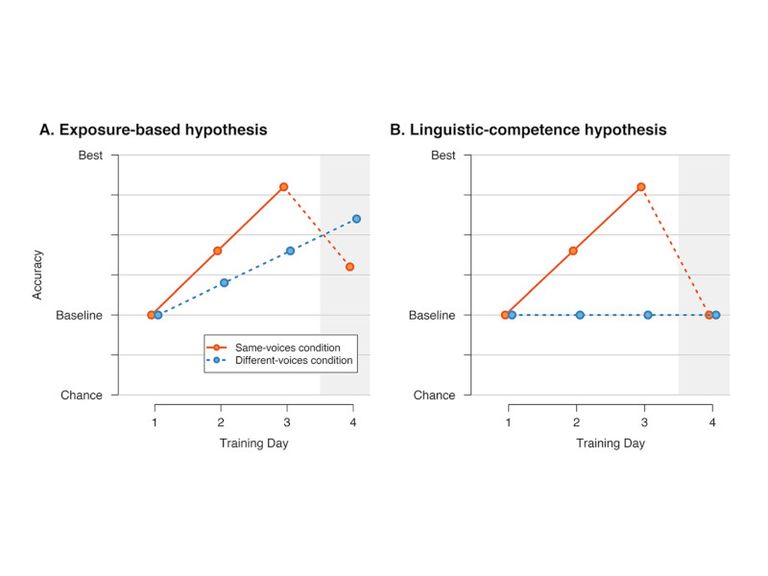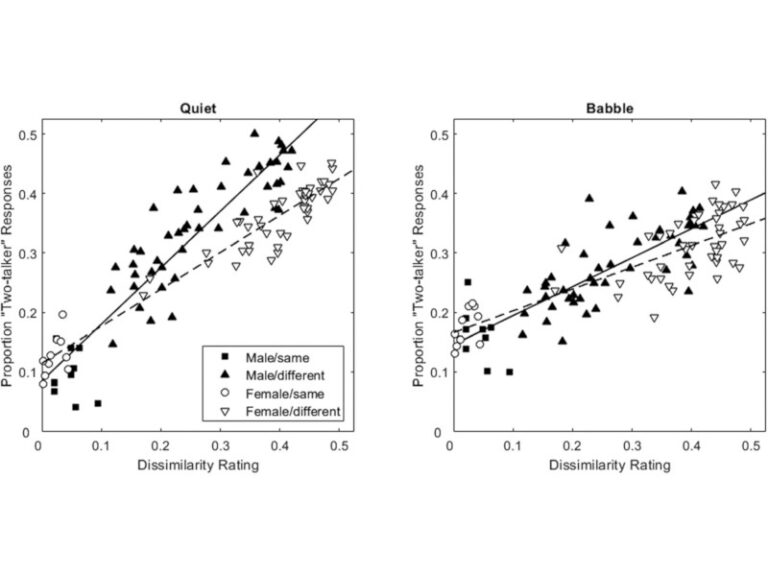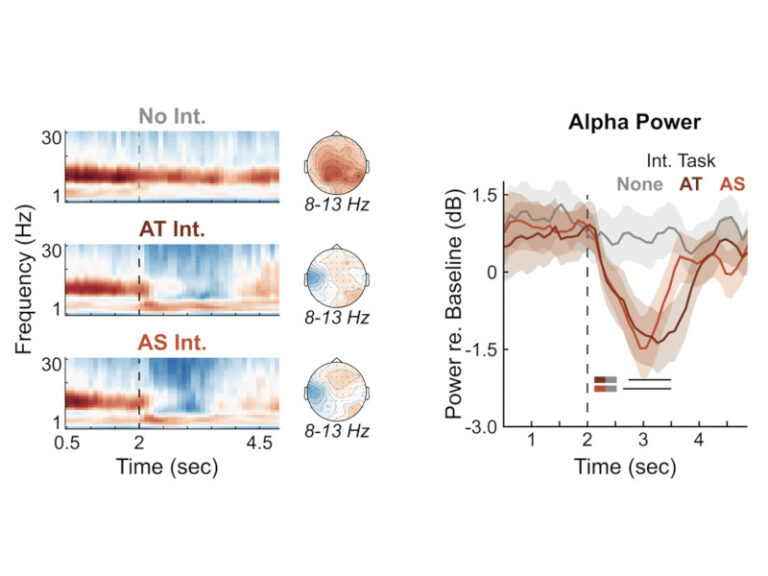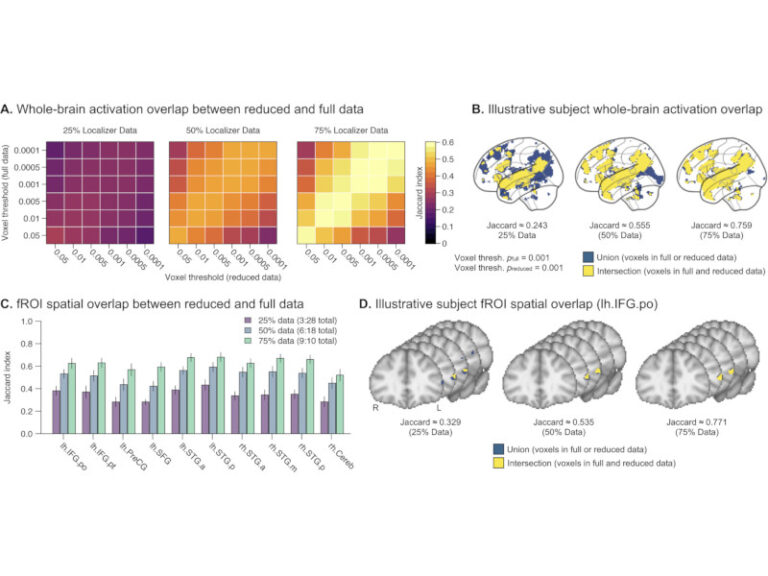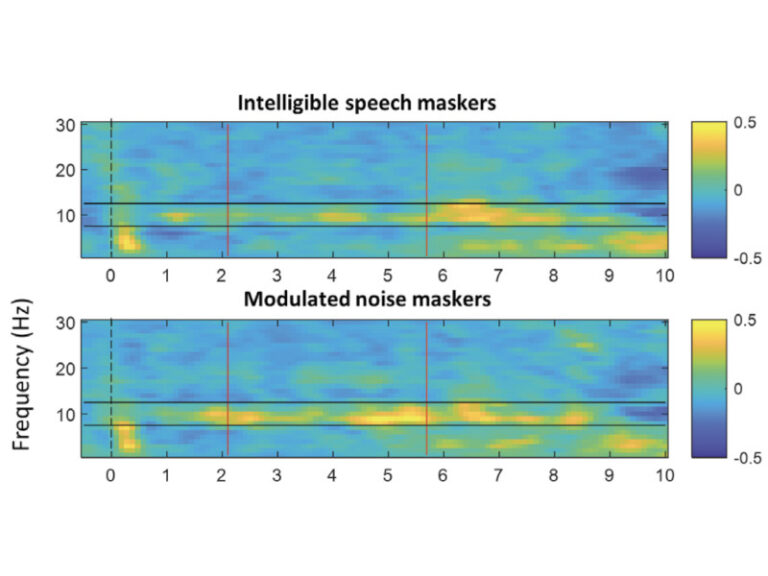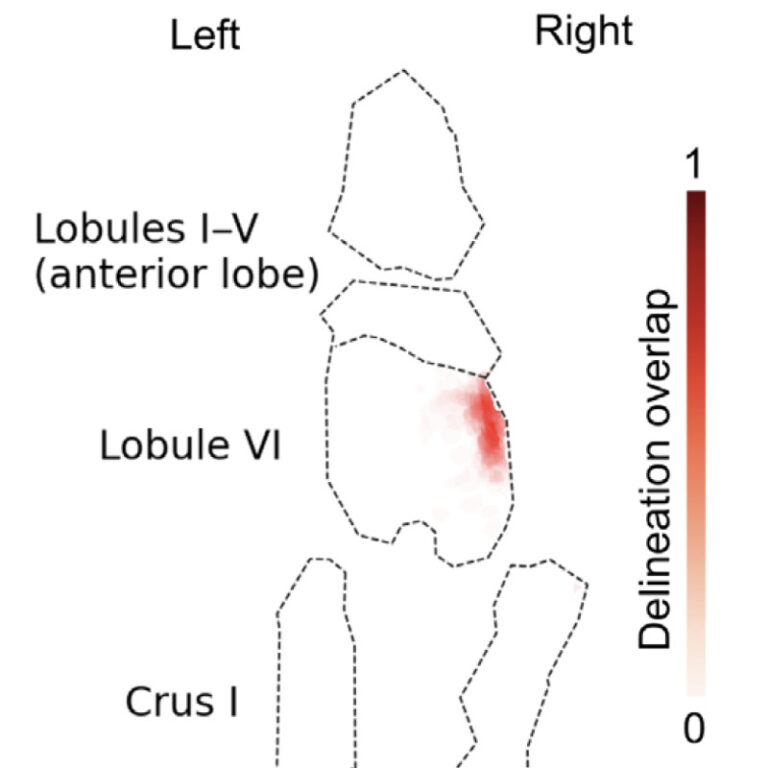Large-scale multi-site study shows no association between musical training and early auditory neural sound encoding
Musical training has been reported to be associated with enhanced neural processing of sounds, as measured via the frequency following response (FFR), implying the potential for human subcortical neural plasticity. We conducted a large-scale multi-site preregistered study (n > 260) to replicate and extend the findings underpinning this important relationship. We failed to replicate any of the […]
